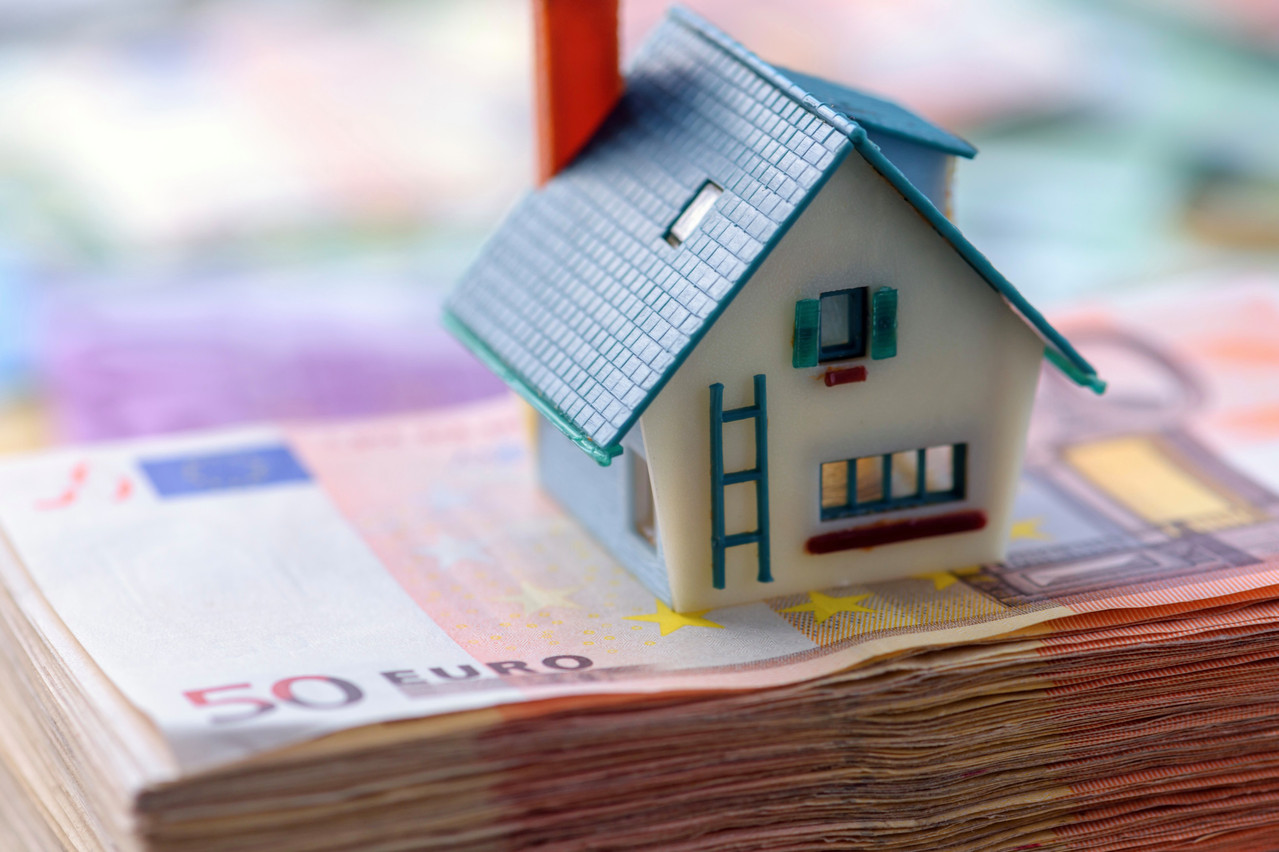A sluggish Luxembourg housing market has dragged down net household wealth in 2023, data from the European Central Bank shows. The net adjusted household wealth, which includes net financial and non-financial assets, such as real estate, after adjusting for liabilities like loans, experienced a notable decline. It decreased from €374bn at the close of 2022 to €330bn by the end of 2023, marking an 11.8% decrease. Among euro area countries, Slovakia saw the second-largest drop at 5.8%, trailed by Malta with a 2.8% decrease. Conversely, Hungary, Greece and Lithuania showcased positive wealth growth at 15.8%, 12.5% and 10.6%, respectively.
Housing wealth
Interestingly, residential real estate held a significant share of Luxembourg households’ net wealth, comprising nearly three-fourths (74.5%) of the total, exceeding the euro area average of 65.7%. Consequently, fluctuations in housing prices exert a significant influence on variations in net wealth. According to the grand duchy’s statistics bureau, Statec, house prices in Luxembourg experienced a of 14.4% in 2023. This decline resulted in a decrease in housing wealth from €288bn to €246bn year-on-year in the final quarter of 2023.
In absolute terms, the average housing wealth per Luxembourg household reached €916,000 in 2023, surpassing the euro area average by over 3.5 times. This contrast is also evident in housing loans, where the average loan amount for house purchase per household totalled €182,000, exceeding the euro area average of €38,000 by 4.8 times.
Housing loans
Upon closer examination, the demographic distribution reveals another intriguing aspect: the distribution of wealth is disproportionate to the liabilities. At the end of 2023, the top 10% (top decile) of households in the grand duchy held housing wealth amounting to €97.06bn, representing 39.4% of the total housing wealth. In contrast, the bottom 50% of households collectively held only 14.6% of the total.
However, concerning housing loans, the bottom 50% of households collectively held €20.58bn in loans for house purchases, accounting for 42.1% of total such loans. In comparison, the top 10% of households had €13.8bn in housing loans, constituting 28.2% of total mortgages. This placed low-earning households at a disadvantage, particularly in light of the high interest rates on housing loans.
